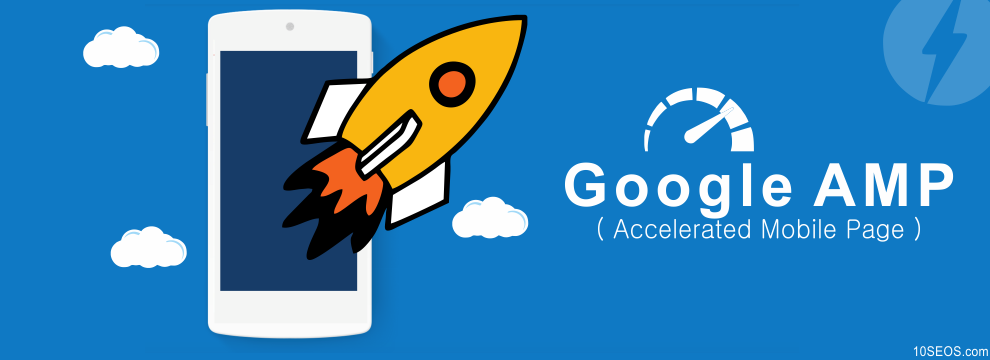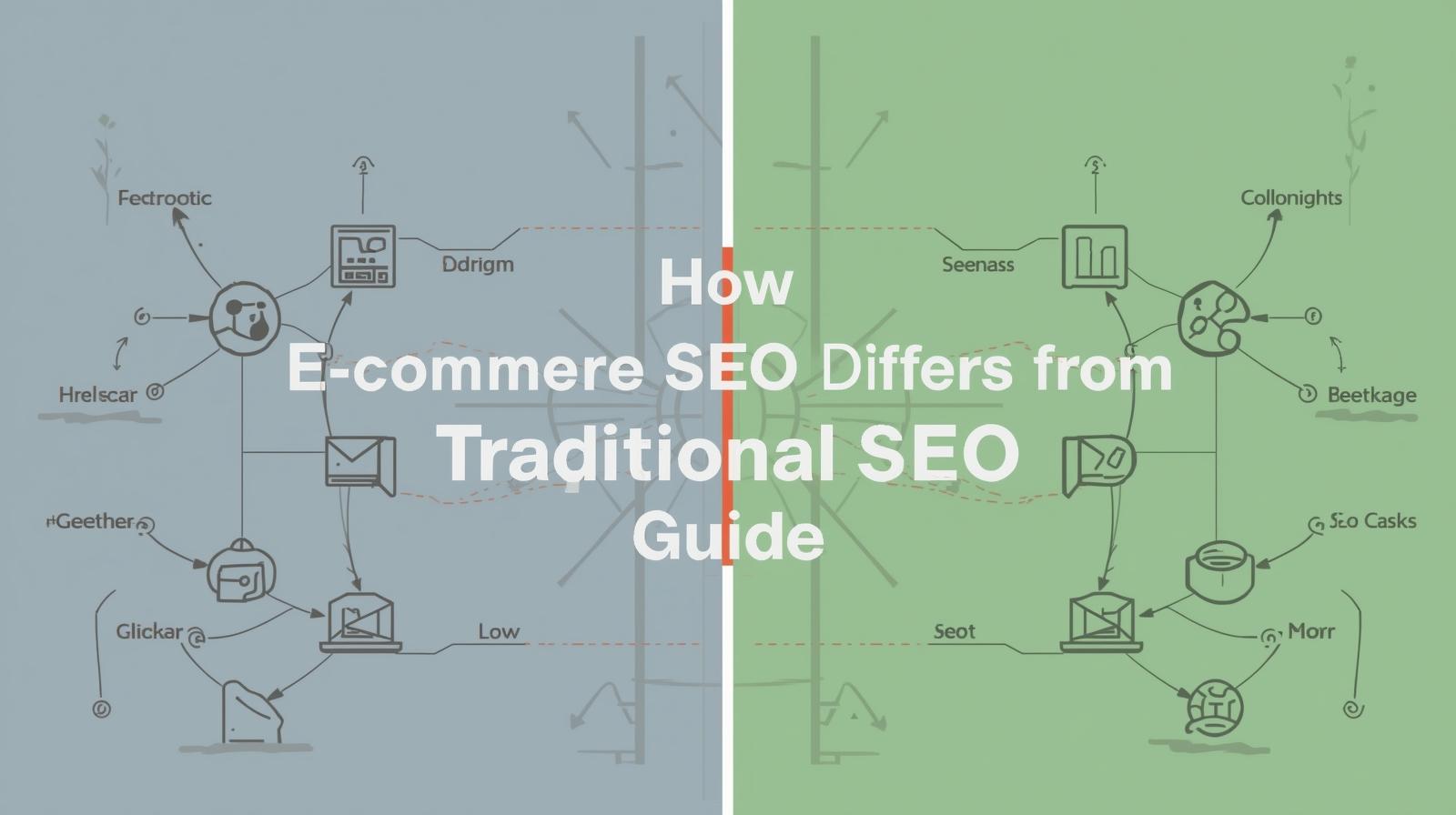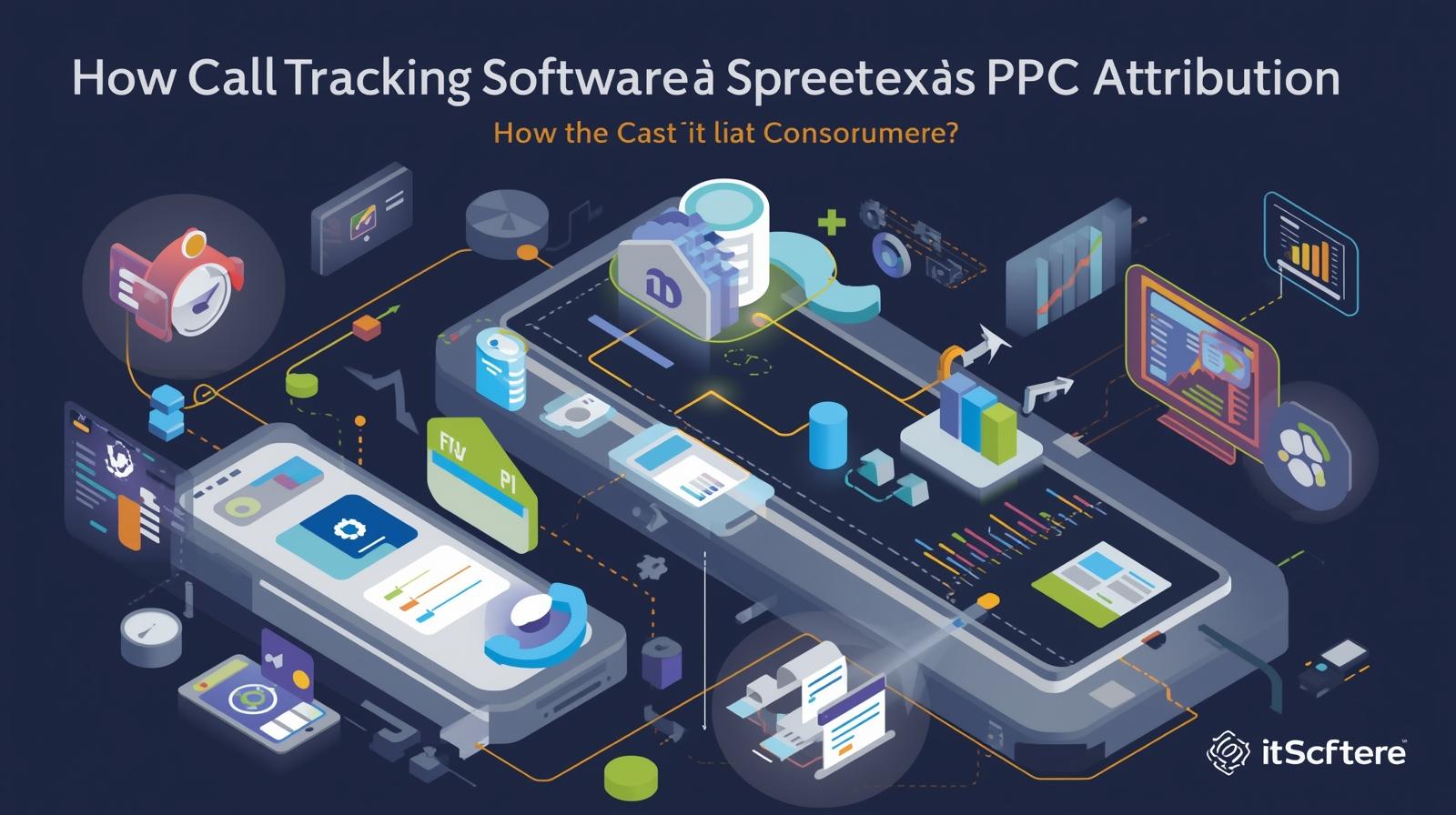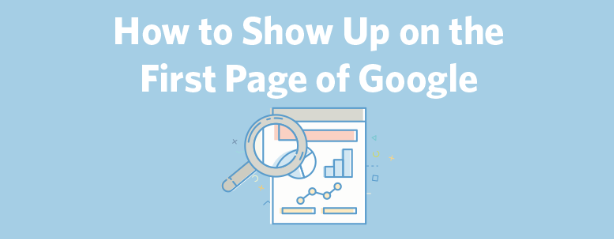November 18, 2016
What is AMP?
AMP or Accelerated Mobile Pages in an open source framework designed by Google which provides an easy way to build web pages for static content that renders very fast. Google started the project so that the publishers can have pages that load quickly on mobile devices very fast. This project focused to assist developers in making fast loading pages with static content over the mobile web. Although smartphones had made the user experience of using internet very easy, as everything was inside the pocket, but the slow loading sites on mobile web made it frustrating for the users. Generally the mobile net is filled with heavily loaded sites which have lots of popups and Ads. This was the reason that 40% users clicked off the page within 8 secs, this was not beneficial for anyone neither the user nor the publishers. So, AMP project was started by Google almost an year ago in collaboration with other industries to make the world of mobile web more user friendly and both user and publisher could be benefited.
However, the AMP project has proved to be very successful in making web pages render very fast over the mobile browser but it has also helped the SEO providers to provide best SEO services. These Accelerated Mobile Pages consist of 3 different parts let’s have a look at them:
AMP HTML - AMP HTML is basically the normal HTML but with some restrictions, these restrictions help in forming the page layout quickly. Although mostly tags are same as HTML but few custom tags are also present, for example, <img> tag is replaced with <amp-img> tag. The <amp-image> tags specifies the aspect ratio for the images used and this makes image loading very simpler. Similarly, few other tags are also there which help in rendering the page fast.
<!doctype html> <html ⚡> <head> <meta charset="utf-8"> <link rel="canonical" href="hello-world.html"> <meta name="viewport" content="width=device-width,minimum-scale=1,initial-scale=1"> <style amp-boilerplate>body{-webkit-animation:-amp-start 8s steps(1,end) 0s 1 normal both;-moz-animation:-amp-start 8s steps(1,end) 0s 1 normal both;-ms-animation:-amp-start 8s steps(1,end) 0s 1 normal both;animation:-amp-start 8s steps(1,end) 0s 1 normal both}@-webkit-keyframes -amp-start{from{visibility:hidden}to{visibility:visible}}@-moz-keyframes -amp-start{from{visibility:hidden}to{visibility:visible}}@-ms-keyframes -amp-start{from{visibility:hidden}to{visibility:visible}}@-o-keyframes -amp-start{from{visibility:hidden}to{visibility:visible}}@keyframes -amp-start{from{visibility:hidden}to{visibility:visible}}</style><noscript><style amp-boilerplate>body{-webkit-animation:none;-moz-animation:none;-ms-animation:none;animation:none}</style></noscript> <script async src="https://cdn.ampproject.org/v0.js"></script> </head> <body>Hello World!</body> </html>AMP JavaScript- For all the pages using AMP in them, it must that they include the AMP JS library in them. The AMP JS library contains all those custom tags which ensure high rendering. AMP JS also allows pre calculation of the layout before every element of the page is being loaded and it also blocks the slow CSS selectors. The AMP JS makes sures that the first thing to appear on the page is the content and the third party Ads and popups should appear at the last, not overlapping the main content.
Google AMP Cache- The Google AMP cache serves as a proxy based network which helps in delivering all the AMP related documents. It collects all the AMP HTML pages and information such as images and videos and caches them, this automatically enhances the page performance. The caching is helpful in a way because it makes it easy for the next time to load the AMP pages from the same source even faster and hence increasing the efficiency.
User Experience VS Monetization User Acquisition
The total idea about AMP and its consisting parts was mentioned above. However, the main need of AMP arised when the publishers were stuck in the battle between User Experience and Monetization User Acquisition. This can be explained in a way that before AMP when the user loaded any web page on the mobile net, they have to face many Ads and popups an soon an the page was loaded. So, the users generally used to bounce off that page or they started to use Ad blocking apps. However, this helped the user but it harmed all the publishers because they were not able to show the Ads which they used for monetization purposes. An a result, the publishers could not flash the Ads and earn money which eventually stopped them from publishing new content for the users. So, basically neither the user nor the publishers were getting the real benefits over the mobile internet. Now an we have seen what AMP is all about and why it was required, let’s have a look on the changes that occurred after AMP.
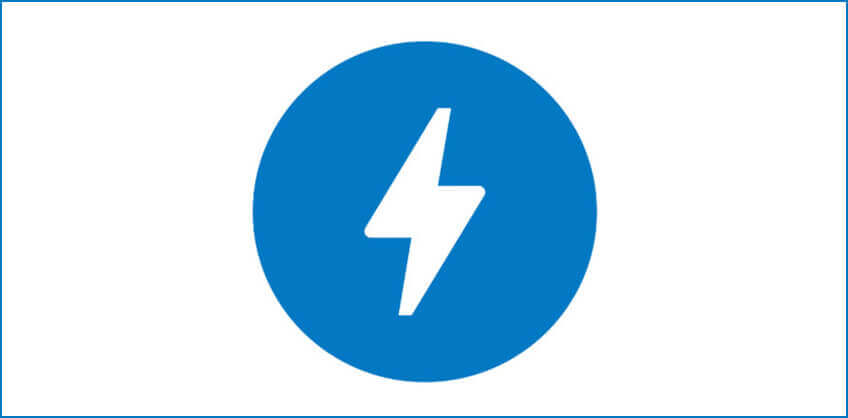
The Impact of AMP
AMP had a great impact on the users, the marketers and the publishers. According to the recent survey done by the Google’s search result team around 53% of users clicked off the page if it took much time to get loaded. However, this number certainly decreased after the introduction of AMP pages.
List of biggest AMP participants so far:
Google- It makes use of AMP for better search results, over billions of pages now run as AMP pages.
Bing- Bing supports AMP pages for IOS and Android apps.
Reddit- It has also announced tens of millions of pages in AMP.
Ebay- Used AMP for around 15 million product category pages.
Wordpress- Used AMP for tens of millions of websites including VIP publishers.
Pinterest- Made use of AMP for Pins.

Results of Publishers after the use of AMP for over an year.
Washington Post - The Washington post gained an increase of over 23% after the use of AMP with people returning within 7 days.
Slate - It experienced an increase of 44% in monthly visitors and also there was 73% increase in visit per user.
Gizmodo - 80% increase in the total traffic and 50% increase in impressions.
Wired- Gained 25% increase in the CTR through the search results after using AMP pages and also a rise of 63% in CTR on Ads in AMP stories.

Therefore, it can be said that AMP pages have revolutionized the mobile web and made it more user friendly. Although it is not a ranking factor so far but chances are there that it might become one soon.

Recent Posts
ARE YOU A LEADING SEO SERVICE PROVIDER?
Get listed in world's largest SEO directory today!
Directory listing counter is continuously increasing, be a part of it to gain the advantages, 10304 Companies are already listed.

